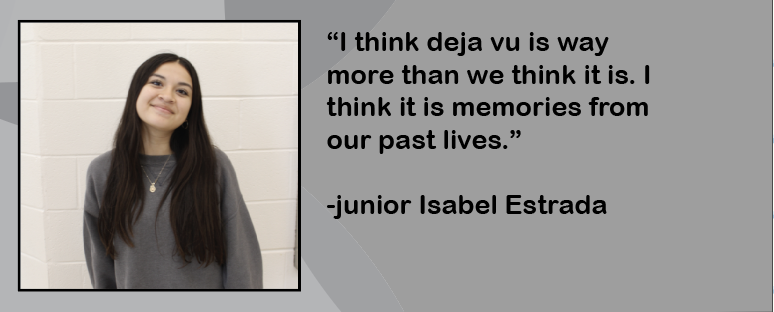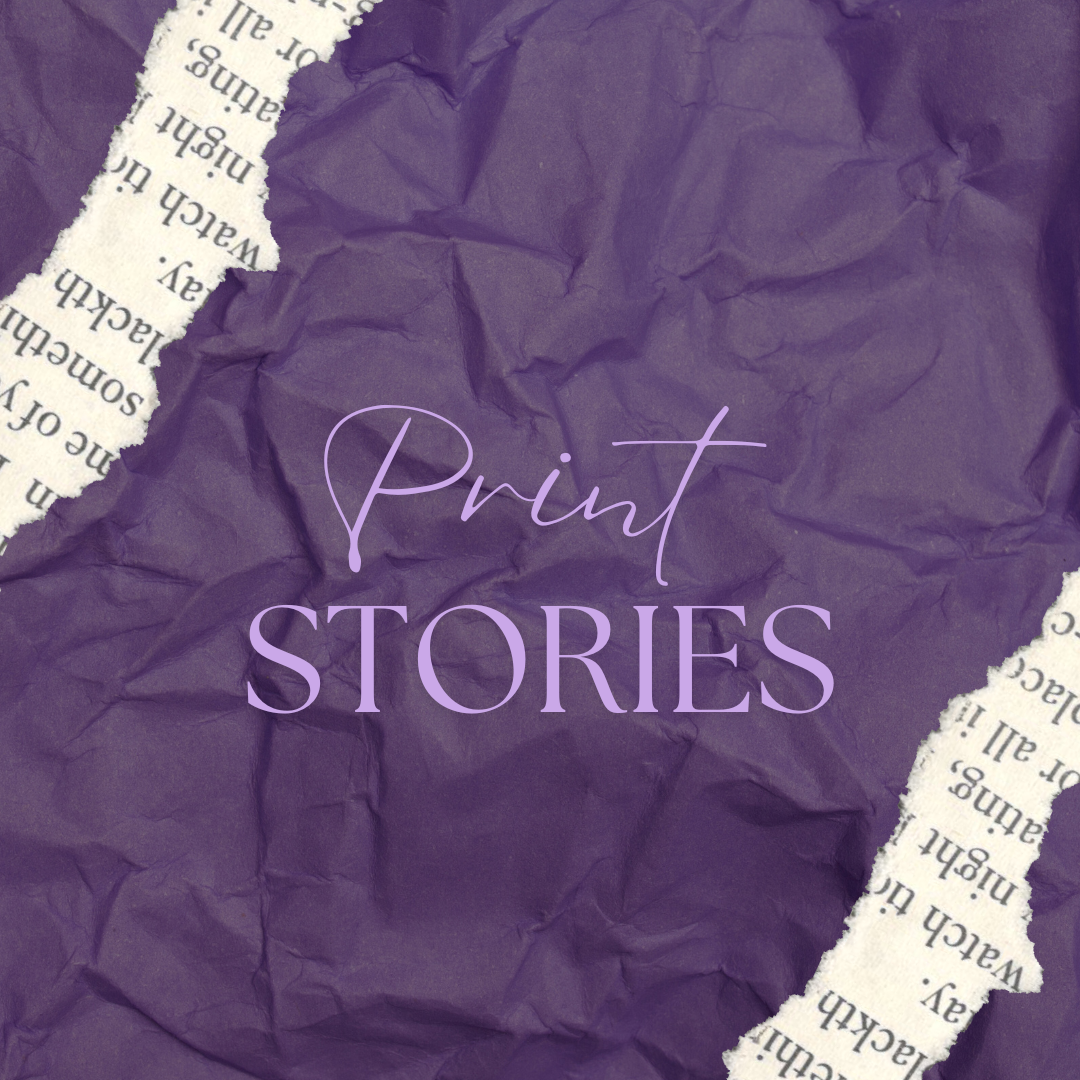In the early 2000s, Tyler Okonma, more commonly known as Tyler, the Creator, was infamous for the vulgar stories he portrayed in his songs that sounded like they came out of a true crime podcast. Most rappers didn’t acknowledge or respect him, and most people were disgusted by his lyrics. Despite Okonma’s controversial reputation, he continued creating music and is now one of the most famous rappers with millions of fans.
Chromakopia by Tyler, the Creator came out on Oct. 28, 2024. This album was highly anticipated by fans because he released a teaser video on social media platforms and a single, Noid, on Oct. 21. This is Okonma’s first full album release since his 2021 album, Call Me If You Get Lost. This latest album talks about themes of self expression, love and coming to terms with oneself. The album cover is a masked man under a spotlight and reaching for the source of that light, all in black and white. This could represent Okonma’s feelings of being trapped under the spotlight, like he talks about in his song Noid, or the light could represent self expression, which is what he is trying to achieve after an early mid-life crisis, which is what he describes through the stories on the album.
Chromakopia begins with the first track St. Chroma. It begins with stomping, chants and whispering. Like all of Tyler’s songs, this track and the rest on the album have unique samples, and he experiments with different vocals, like whispering, yelling and screaming. This song was an excellent introduction to the album because it excites the listener for the rest of the album.
The following song, Rah Tah Tah, is even louder than St. Chroma. This song was entertaining because it’s catchy and he expresses emotions through his voice, increasing his volume in a playful manner. One of the many attributes fans cherish about Okonma is his lack of seriousness. In Rah Tah Tah, Okonma claims he is “the biggest out the city after Kenny.” He is referring to rapper and songwriter Kendrick Lamar and his success. This is very confident, making the song stronger. I found some similarities in this album and Lamar’s last album, Mr. Morale and The Big Steppers, which came out in 2022. In Lamar’s album, he starts with an introduction to the album United in Grief, as well as a confident track proclaiming he is the best in his song N95. The following songs talk about trauma and self acceptance, as well as repeating samples throughout the songs. Although Lamar’s album may not have been Okonma’s inspiration, their concepts are similar. Rah Tah Tah then fades from a loud, confident song into Noid.
Noid is quite the opposite of Rah Tah Tah. Okonma admits his paranoia and fear about not living in peace and being constantly filmed. I loved the vulnerability of Okonma in this song, but my favorite part was the sample by Paul Ngozi, a Zambian musician singing in a different language, because it’s catchy and danceable. This song describes Okonma’s problems, and he repeats verses at the end to represent how he is driven crazy by paranoia by the end of the song.
Darling, I is after Noid, and this song wasn’t one of his strongest on the album. This song sounds like it belongs on Igor, another one of Okonma’s albums. Igor is great, but this song is very repetitive like many of the tracks on Igor. Okonma is a very talented producer, so this song was catchy and still good, but compared to others on the album, it sounds weak.
Following Darling, I is Hey Jane. This song was one of my favorites on Chromakopia because I am a big fan of Okonma’s use of narrating stories through music. Okonma tells a story about the confusing feelings that come with starting a family. In the middle of the song, Okonma switches roles with Jane, and he sings from her perspective and her worries about pregnancy. I liked the change in perspective because it shows that although we may not show it, everyone has fears.
The most notable thing about the next song, I Killed You, is the samples. This song samples a girl repeating “round and round” with tapping in the background and instrumentals getting louder. These effects make the song sound like you are watching a terrifying clown act while approaching your doom. By the end of the song, the samples get more peaceful, as if we survived the nightmare.
Call Me If You Get Lost, one of Okonma’s previous albums, was an obvious inspiration for the following song, Judge Judy. This song even quotes a line from a song, Dogtooth, on that other album. This song reminded me of Call Me If You Get Lost because of the similar vocals, where it sounds like he’s talking while singing, instead of the deeper voice he often uses.
Sticky, the song after Judge Judy, was one of my favorites off of Chromakopia. This song is packed with features like rappers and songwriters GloRilla, Sexyy Red and Lil Wayne. I was most excited to hear Lil Wayne on this song, and although I’m not a usual listener of the other performers, they worked with this track perfectly. My favorite part of this song was Okonma’s playful vocals, which sounded like he was telling a joke or taunting us while singing. This reminded me of some of his earlier projects, like his album Flower Boy and his song Tamale on his album Wolf. Not only were his vocals entertaining and the features added a nice twist, but the samples of stomping, whistling, chanting, clapping and popping gum reminded me of a 2000s commercial promoting fun on a playground. Although this may not be everyone’s cup of tea, I found it catchy and easy to vibe to.
The following song, Take Your Mask Off, didn’t do much for me. I would skip this song while listening to the album, which I haven’t said about other songs yet. At this point, it just started to sound similar to the other songs on the album. Although this song features Daniel Caesar, who I am a fan of, this song wasn’t as special as other songs off Chromakopia. This song is undeniably important to the story because he talks about taking off the fakeness encasing him and revealing his real self. He experimented most with the repetition of “I hope you find yourself,” which is sung by a woman and Daniel Caesar, whose singing eventually got boring, and he didn’t do much with his vocals on the track.
On the other hand, Tomorrow, the following song, was the opposite. This song is exciting and begins with a lady begging Okonma for a grandchild, which he mentioned his mother wanted in Hey Jane. Instead of focusing on the story told in Hey Jane, he talks about the changes of becoming older and correlating with the title of the song, with day by day going by with infinite tommorows. In this song, we can tell Okonma is overcome with sorrow because he is singing quietly. In the middle of the song, he gets louder and sings faster, sounding desperate to express his fears. I value the vulnerability it took Okonma to make this song, making it one of my favorites on the album.
If you thought this album was already packed with features, you will be surprised to hear that the next song, Thought I Was Dead, features Schoolboy Q and Santigold. This song is catchy and sounds like a salute, and the samples sound eerie while also sounding exciting and loud. The features add versatility to the song.
Like Him, the next song is calmer, and like Tomorrow, very vulnerable. This song uses piano instrumentals, which is quite unheard of from Okonma. He is more well known for his beats and unique samples. This song repeatedly states, “I don’t know who he is,” which could be referring to his father because in Hey Jane, Jane talks about how both their mothers were single and were able to raise both of them by themselves. The samples also sound like they come from a UFO, perhaps representing the unknown and wonder.
The second to last track, Balloon, brightens the mood with samples that sound like the background music of a carnival game. This song was very fun and featured Doechii. This was the shortest song on the album, but it still managed to play an important role by giving Okonma some confidence back.
Finally, the last song on Chromakopia was I Hope You Find Your Way Home. For a conclusion to the album I was expecting something more interesting, but it felt like the introduction samples to the song were way too long, and the outro samples of the songs were unnecessarily long. I did love the voicemail in the outro of a woman admitting she is proud of Okonma and showing him support, which is a very important part of the main theme of the album, which is accepting yourself.
Overall, this album is entertaining and tells some interesting stories. Okonma is very vulnerable in this album and to some, relatable. This album has some amazing features that really improve some songs, and like always the samples are very unique and dreamy. If you enjoy previous albums by Tyler, the Creator, I recommend you listen to Chromakopia because it has some similar aspects to all his previous albums. Like many others, I was very excited for this album to come out, and I can confidently say that it did not disappoint.








